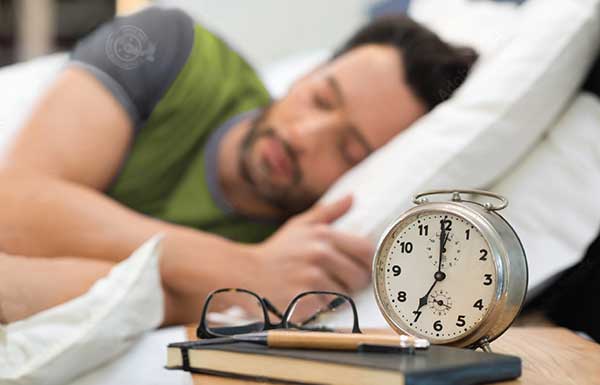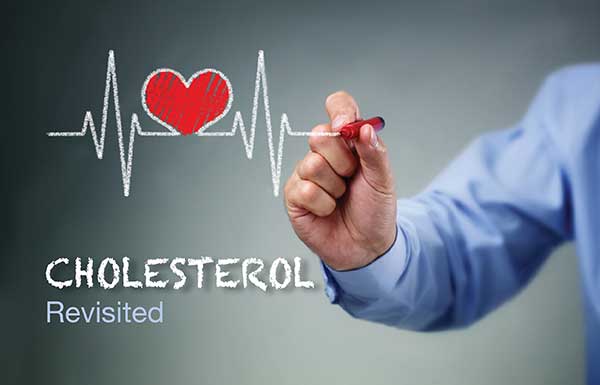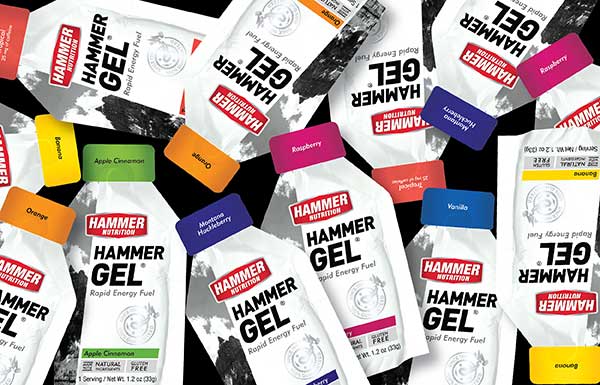
BY DEAN KARNAZES
The idea of eating three square meals a day is a very modern one. Unfortunately, so is the worldwide epidemic of obesity. The ancient Greeks practiced a form of fasting (oftentimes referred to as an Apostles’ Fast) as a way of, “purging impurities from the body and the spirit and normalizing metabolic functions.” Today, many progressive types are doing the same, including Tony Robbins and Tim Ferriss, as well of a slew of celebrities, like Beyoncé and Hugh Jackman. Indeed, intermittent fasting has become a mainstream practice in recent times.
I first started fasting years ago with little idea of what I was doing. All I knew is that as a species we evolved from a time when food wasn’t always plentiful or readily available, so it seemed inherently human to sometimes go without eating. I followed a regimen that could be loosely classified as time-restricted fasting: eating only during an eight hour window between 11 AM and 7 PM. Additionally, I ate my largest meal mid-day.
Within a week of starting this fasting practice I began to notice that I was feeling better. My sleep quality improved, my overall energy levels seemed higher, and I recovered quicker and more fully. This was prior to having widespread access to tools that can measure these things, such as Whoop and Ketone strips. But anecdotally I felt healthier even if I didn’t have quantitative proof.
There was one area where I struggled, however. If I did a hard run or workout early in the morning it was sometimes challenging to wait until 11 AM before eating. So I accommodated for that by shifting the time restriction forward from 9 AM to 5 PM. That seemed to work.
Though I should be clear, throughout this modification in eating habits I continued drinking coffee in the morning (black with no cream or sweeteners). Consuming coffee releases triglycerides and free fatty acids into the bloodstream, so my morning runs were likely fueled by stored body fat. That was probably the reason I could get through a strenuous workout without entirely bonking. If you drink coffee and don’t work out, however, those triglycerides and free fatty acids are reabsorbed. So on days I didn’t work out in the morning the circulating fats were just restored in the body.
I’ve now been practicing time-restricted fasting going on two decades. When I find something that works I tend to stick with it until I find something better. So far, I haven’t. In fact, more and more studies are validating the benefits of fasting, from improved blood sugar tolerance, reduced inflammation, greater mental clarity, and even anti-aging. I should also point out that during this period I’ve changed the types of foods I eat as well, which may be another contributing factor. I’ve eliminated junk food and sugary snacks entirely. My diet could best be described as a hybrid between Paleo, Mediterranean, Rawism, and sometimes Keto. Yes, I take this stuff seriously. My health and my performance demand it.
Needless to say, this article is an unapologetic endorsement of fasting. I’ve experienced great benefits from the practice so why not pay it forward to potentially help others? I see this as a responsibility, an obligation. Of course, consult your physician or other health care professional if you have any underlying medical conditions. And read up on the various protocols for fasting. I’ve experimented with many of them and continue coming back to the time-restricted plan of eating between 11 AM and 7 PM. It’s a simple program to follow and the results are dependable. And Hammer Nutrition’s new Hammer PHOOD makes it all the easier! (That was an unapologetic endorsement as well.)









9 comments
Thank you so much for the response and all the valuable feedback! This is great information that I hope to incorporate soon.
As a type 1 diabetic and triathlete that trains in the early morning and early afternoon, I fast from 5 pm until 9 am. There are times I need to bump up my blood sugar with a little o.j. In the middle of the night, breaking my fast. How does that impact the fast? Do I just continue on? Do you have any suggestions for this situation or in general as a fasting type 1 diabetic? Thanks for any insight you have to offer.
———
Hammer Nutrition replied:
Hi Bob, Thank you for your questions, I’ll give it my best shot – As someone with a non functioning pancreas, I’m not sure you are exactly the target market when it comes to compressed eating, aka IF. For you, perhaps think of it as spaced out eating pattern – where you intentionally go for 3-6 hours with no calories during the day, then compressing your overnight fasting from 16 hours to 12 – so you might fast from 7 or 8 pm until 9 am the following morning – especially if this allows you to avoid the OJ in the middle of the night. Let your blood sugar monitor tell you when you need more calories and choose complex carbs as opposed to sugar, if possible. For most of us, we are trying to 1) not overwork our pancreas so it will last for our whole life and 2) improve insulin sensitivity/function in the process. The first goal can be achieved by abstaining from sugar and limiting the food that look like sugar to the body (starchy carbohydrates and glutenous grains). The second goal is achieved by limiting caloric intake to 8ish hours a day. So, in your case, I think the goal is to maintain steady blood sugar levels and using spaced out eating as opposed to straight fasting. By avoiding the spikes from sugar that require a lot of insulin to counter and then requires more carbs to avoid the dreaded bonk or insulin reaction. That’s my attempt at your third question. WRT the first two questions, I don’t think a bit of carbs to get your blood sugar levels back above 100 is like eating a meal and would have minimal impact on the fast. After getting blood sugar levels up, resume your fast and hopefully go back to sleep. In any case, please keep us abreast of your findings if you decide to experiment as suggested! BDF
———
Hammer Nutrition replied:
Excellent, thoughtful question. You are using OJ because your blood sugar is low, presumably to bring it back to a normal (and safe) level. That is a different scenario than if blood sugar is normal, and OJ consumption makes it elevated. The later situation will quickly stop the burning of fat, and the benefits of fasting. I don’t think your situation is doing that. So yes, just “continue on”. Thank you. Bayne
Thank you for the article. As a Seventh-day Adventist Christian, we have been promoting a whole foods, unrefined, plant-based diet with IF for nearly 150 years. We just called it, “eating two meals a day”. As a healthcare professional who worked in a preventive medicine lifestyle center I saw the power of this lifestyle repeated over and over again improving the lives of people who were quite ill with chronic diseases. It is fun to see as science catches up, and shows the great power, not only in what we eat but in how we eat and when we eat. This is a powerful tool not only for performance, but for every day living. It can really take discipline though to stick within the parameters. Thank you for the article.
Hello Brian! I too have begun the practice of limiting my “food intake window,” and am liking the results. My morning coffee does contain either oat milk or home made almond milk with a high quality MCT oil; that sustains me for quite some time. My question is whether the practice of intermittent fasting is something that can be done consistently, or should the time be limited. I am currently fasting 5-6 days per week. Thanks.
———
Hammer Nutrition replied:
Hi Stephan, Your ears must have been burning – Me, Mikey and Scott D were missing you at his 80th birthday celebration, told some funny stories that involved you. Thank you for your great question and years of support. I also cheat a bit with some whole cream in my morning coffee :-). I’ve ended up practicing this daily just because it’s habit now. My only deviation is on competition days – For those, I switch to optimal fueling practices – They start at either 9 or 10 am, thankfully, and take me 5-6 hours to complete, no lunch or other solid food until done for the day – then big meal! If I am up early enough, I’ll have full breakfast (chicken, avocado, brown rice, steamed vegetables). If not, coffee and then start fueling as soon as I start riding – 150 calories per hour from Perpetuem and Hammer Gel, 1-3 Endurolytes capsules per hour and 15-20 oz per hour of water. Then, return to normal schedule the next day. BDF
How do you incorporate Hammer Phood while fasting. Do you drink it before bed?
———
Hammer Nutrition replied:
Hi Patty,
Thank you for your question. This article is mainly about compressing the “eating window” to roughly 8 hours per day – i.e. 11 AM to 7 PM, or 9-5 in Dean’s case – during that time, a person could consume two or three meals, depending on schedule and preference and goals. One of those could be a serving of Phood instead of regular “food" for convenience – Phood can be a quick breakfast, mid afternoon protein snack or dinner replacement if weight loss is desired – you’ll be going to bed with a grumbling stomach for a few days, but the weight will fly off). Due to the critical importance of high quality sleep, it’s super important to finish eating and digesting food before we go to bed. So, a person’s eating window should always close 3 hours or more before bed. BDF